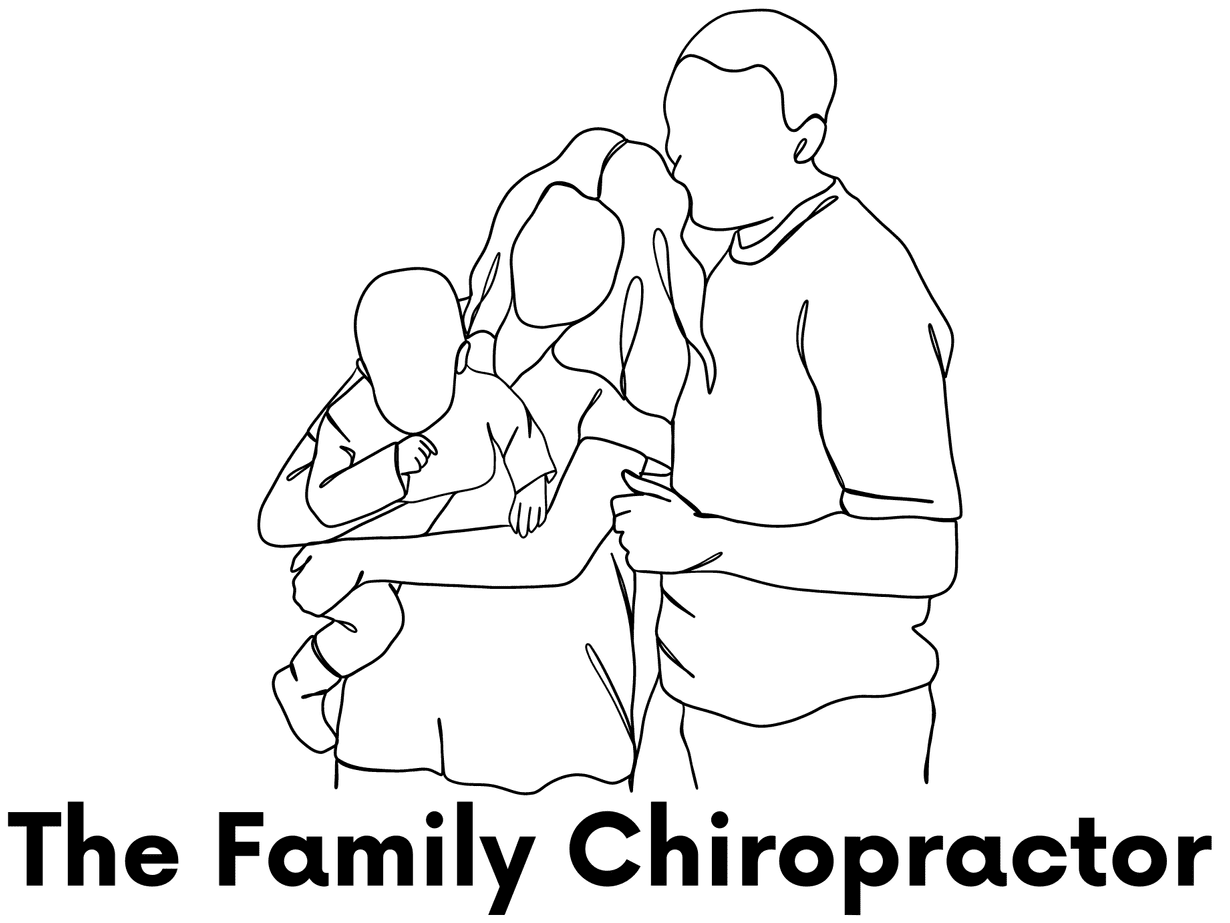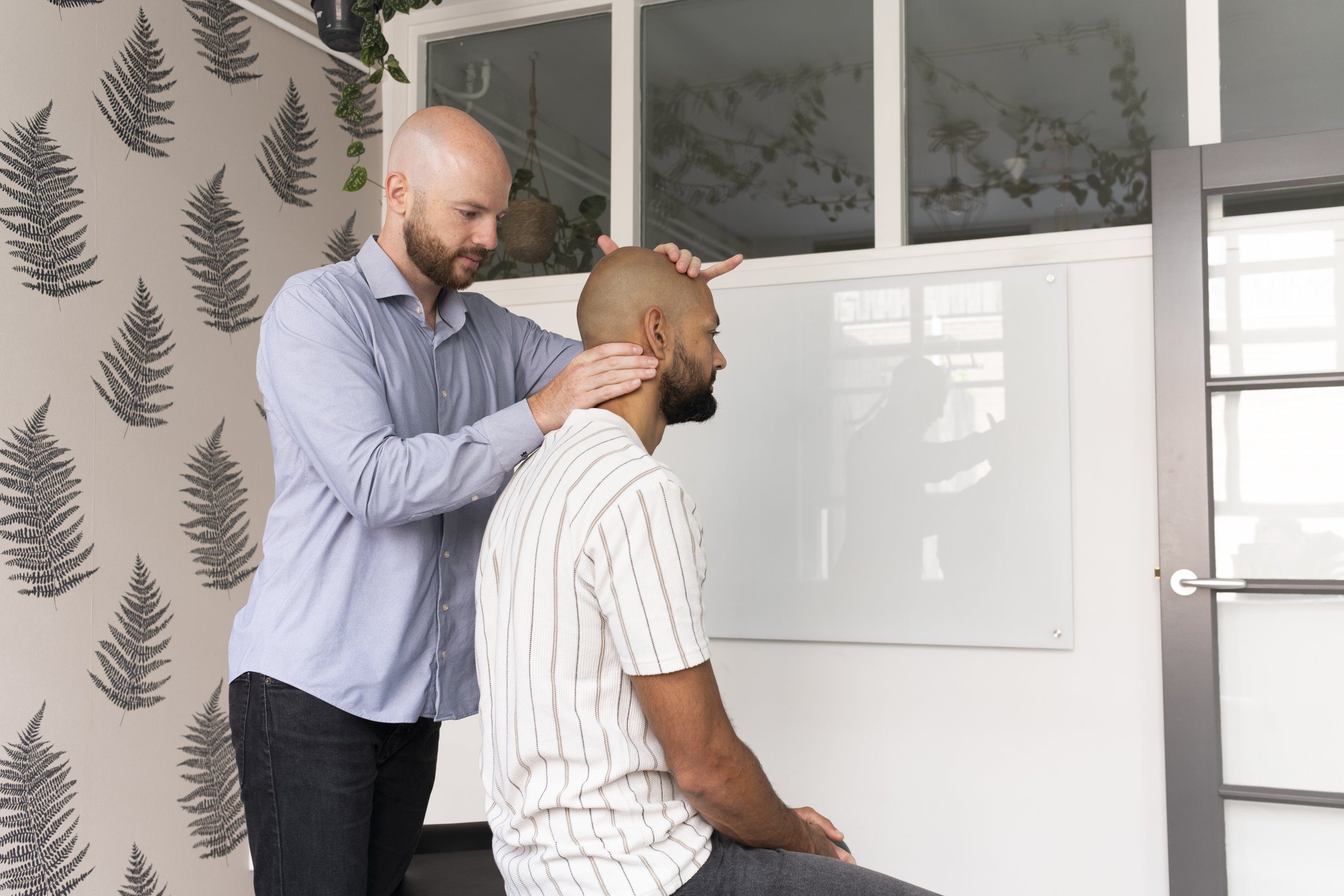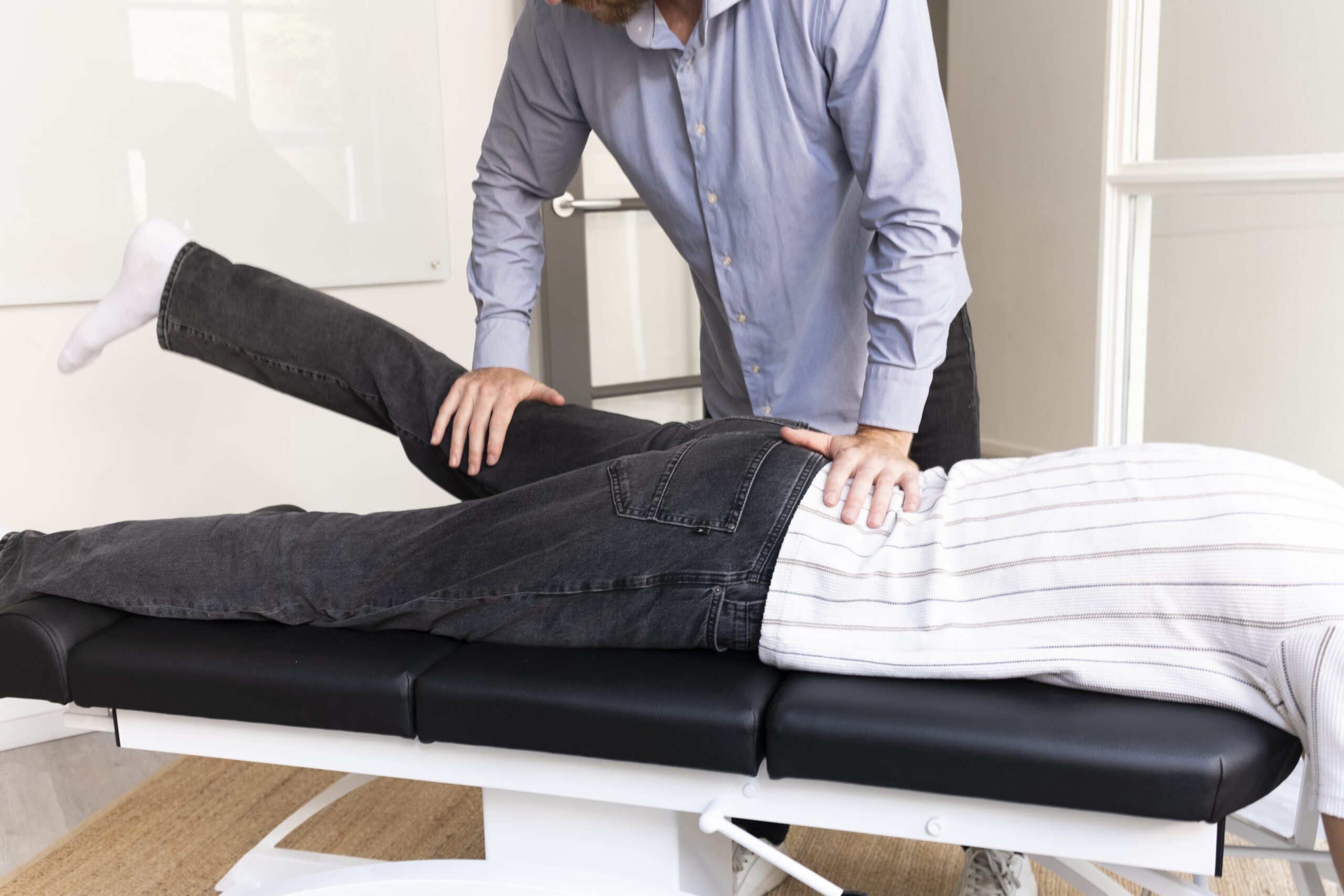
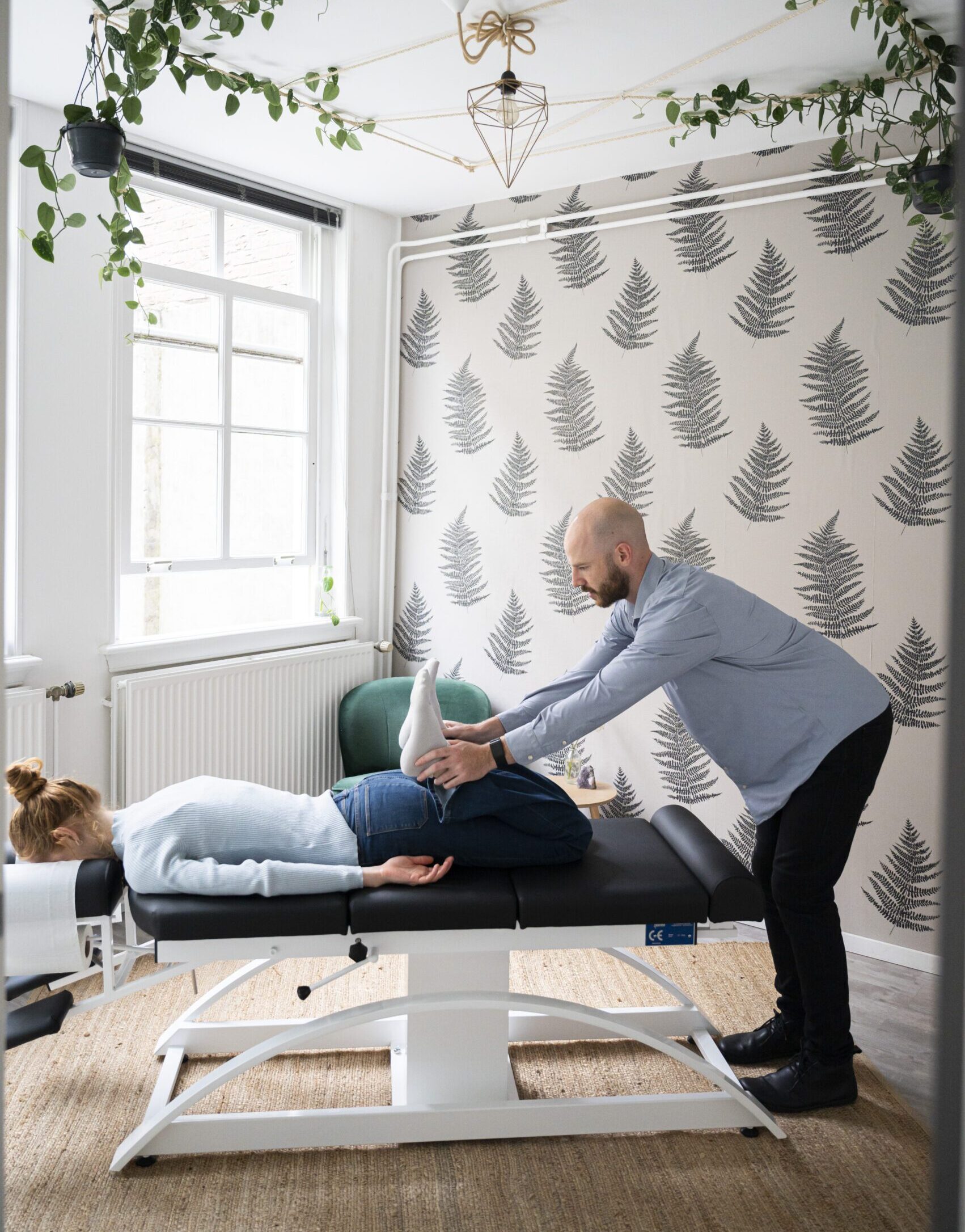
What all falls under 'upper leg pain'
Upper leg pain refers to any pain that is concentrated in the area between your hip and knee. This can be at the front, side or back of the thigh. The pain can range from mild nagging to stabbing or burning. The symptoms can arise suddenly due to an obvious event (such as after an injury), but can also increase slowly due to overuse or incorrect posture.
It is common for people to experience leg pain or a nagging pain in the left leg or just the right leg as consequence of nerve blockade or tension elsewhere in the body. So the cause of pain in the thigh certainly does not always have to be in the thigh itself, but may very well be caused by tension in, for instance, the (lower) back or the pelvis. So it is important to look at the whole body (e.g. a holistic view) when treating for upper leg pain.
Causes of thigh pain
Pain in your leg, or specifically pain in the upper leg, can have several causes:
- Muscle overload: With intense exercise or heavy work, the muscles in the upper leg can become irritated or inflamed.
- Nerve entrapment: As in sciatica or a hernia, which can cause radiating nerve pain in the upper leg.
- Pelvic instability: Imbalance in the pelvic region can lead to tension and in both legs or nagging pain in the right leg or left leg
- Bad attitude: poor posture or simply sitting for long periods without movement in between can lead to reduced blood flow and muscle tone.
A chiropractor not only looks at the spot of pain, but examines the whole body to find the source of the problem. This is because the place where the symptom expresses itself (in this case: the pain in the upper leg) is by no means always the place where it actually 'goes wrong'.
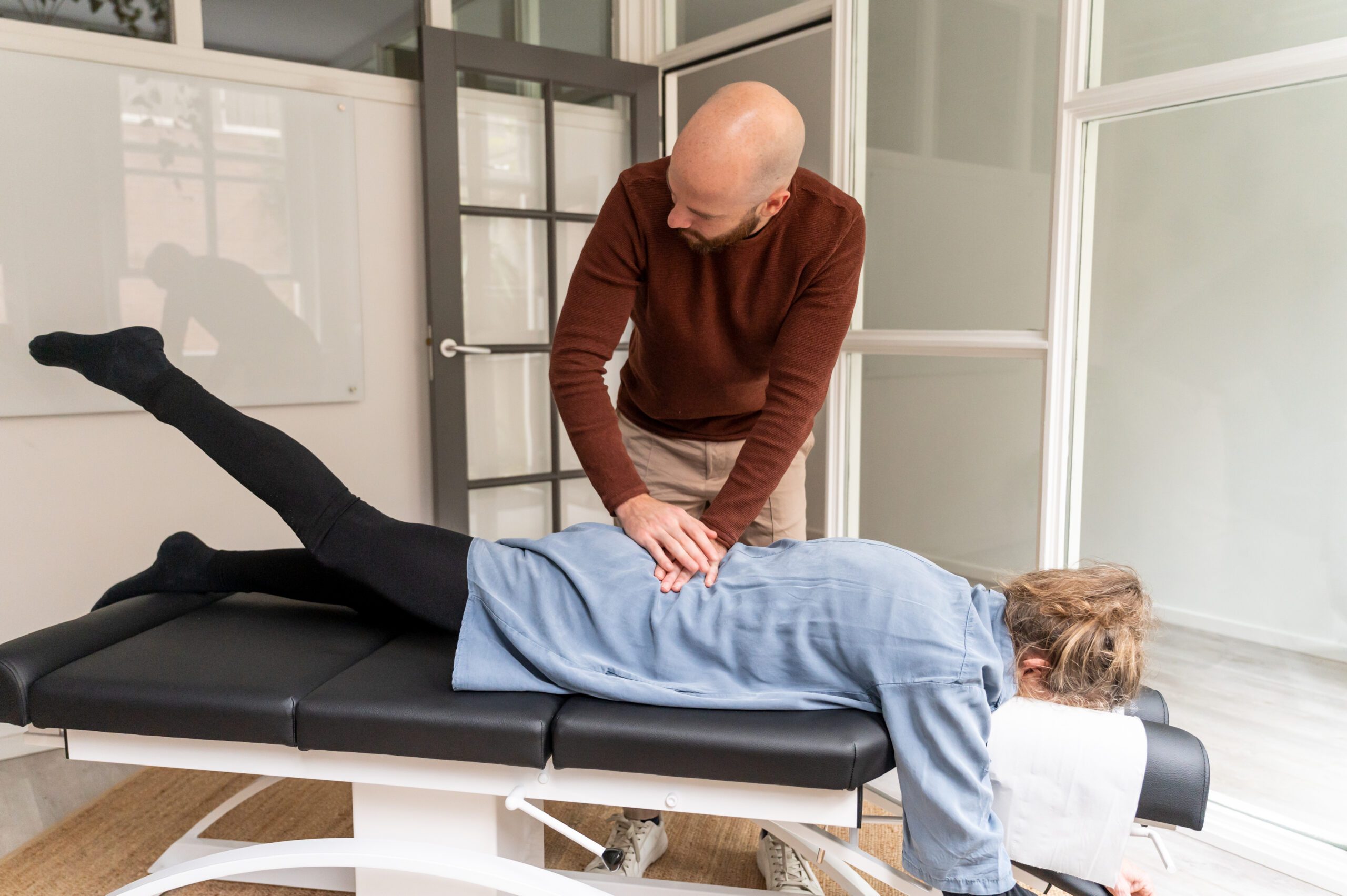
Different types of upper leg pain
The way thigh pain is experienced varies by cause:
- Nagging pain: A common complaint, usually on one side, such as nagging pain right leg or left leg. Often arises gradually.
- Stabbing or burning pain: This may indicate a nerve problem, such as when there is pressure on the nerve.
- Feeling cramped or tired: Often occurs with overexertion or after prolonged sitting or standing.
Do you recognise any of these complaints? Then it is advisable to have chiropractic examination.
What can a chiropractor do for upper leg pain
A chiropractor specialises in examining the spine and nervous system. The nervous system runs from your brain through the spine to all limbs and organs. If there is a blockage somewhere in the nervous system, the brain can no longer transmit its signals properly. This can cause all kinds of (pain) symptoms. A chiropractor checks your spine for these blockages, and removes them through treatment with the so-called 'chiropractic adjustments'.
These targeted corrections improve joint mobility and reduce pressure on nerves. This can help restore balance and reduce leg pain, especially when the actual source of the problems is in the spine or pelvis.
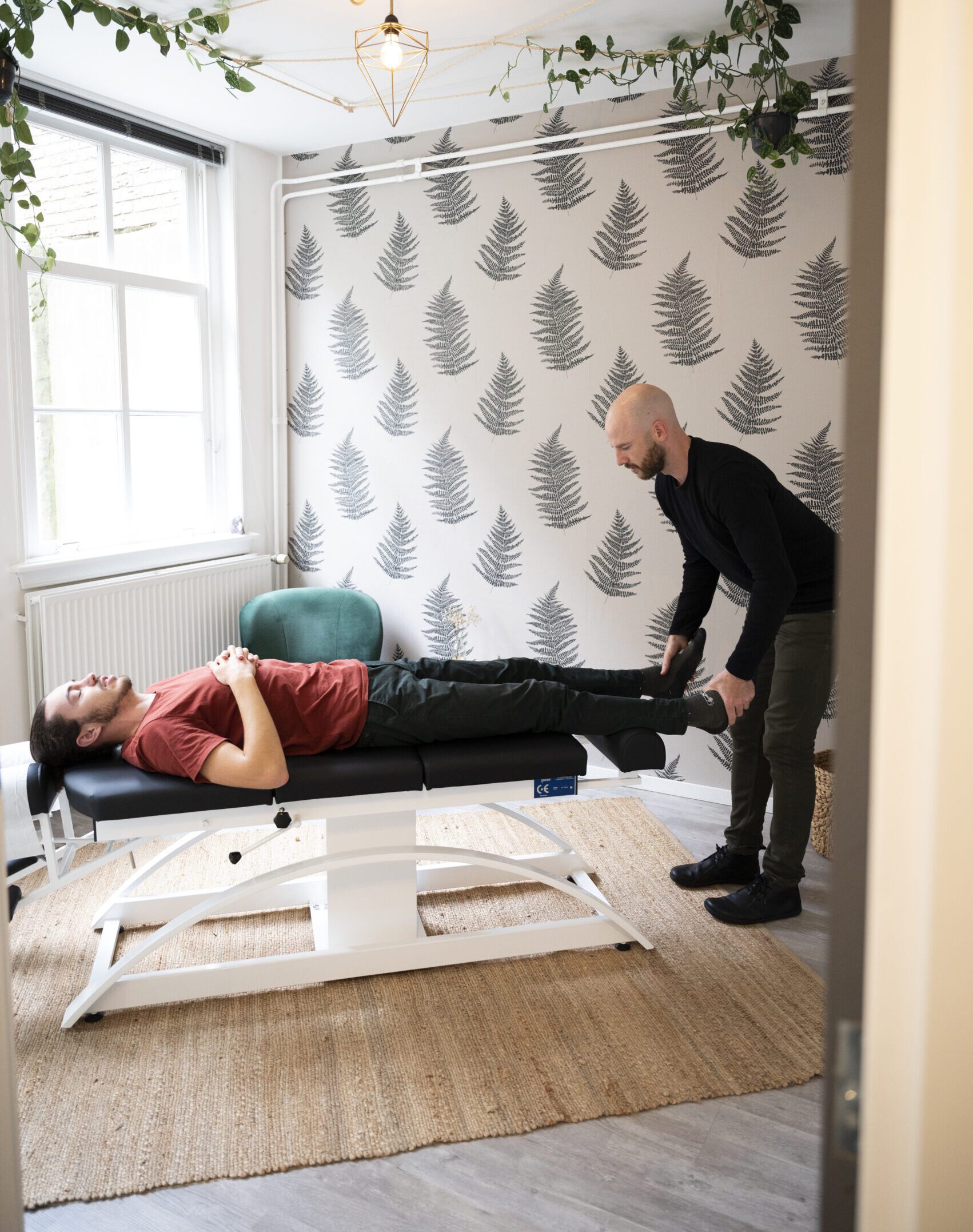
Besides treatment, a chiropractor can also advise you on:
- Motion: regular exercise helps improve circulation and keep muscles long and supple. The chiropractor can give you specific exercises that can help you get rid of pain faster and keep your legs strong and healthy.
- Attitude: your chiropractor can give you ergonomic advice. Most people sit far too much, especially at desk jobs, and far from always in good posture. The chiropractic corrections in themselves help to improve your posture, but you can speed up this process by paying extra attention to your posture yourself when, for instance, using a computer or phone and sitting for long periods of time.
- Stretching and strengthening: Especially of the hip and leg muscles.
- Lifestyle advice: if required, your chiropractor can also give you additional lifestyle advice. Think about your diet or management of stress complaints, but also, for example, by wearing barefoot shoes (see paragraph below)
Barefoot shoes as support for upper leg problems
Wearing barefoot shoes can be a valuable addition to the treatment plan at your chiropractor in reducing upper leg pain. Barefoot shoes are shoes with a thin, flexible sole that encourage the natural way of walking barefoot. This has a direct effect on the muscles in your feet, your posture, the position of the knees, hips and pelvis: all structures that are closely connected to the upper leg. An improved gait pattern reduces unnecessary muscle tension and asymmetry, which can help reduce leg pain. Combined with chiropractic care, barefoot shoes help to structurally balance the body and address the cause of pain. Want to know more about barefoot shoes? Ask your chiropractor, or read our extensive blog on this topic!
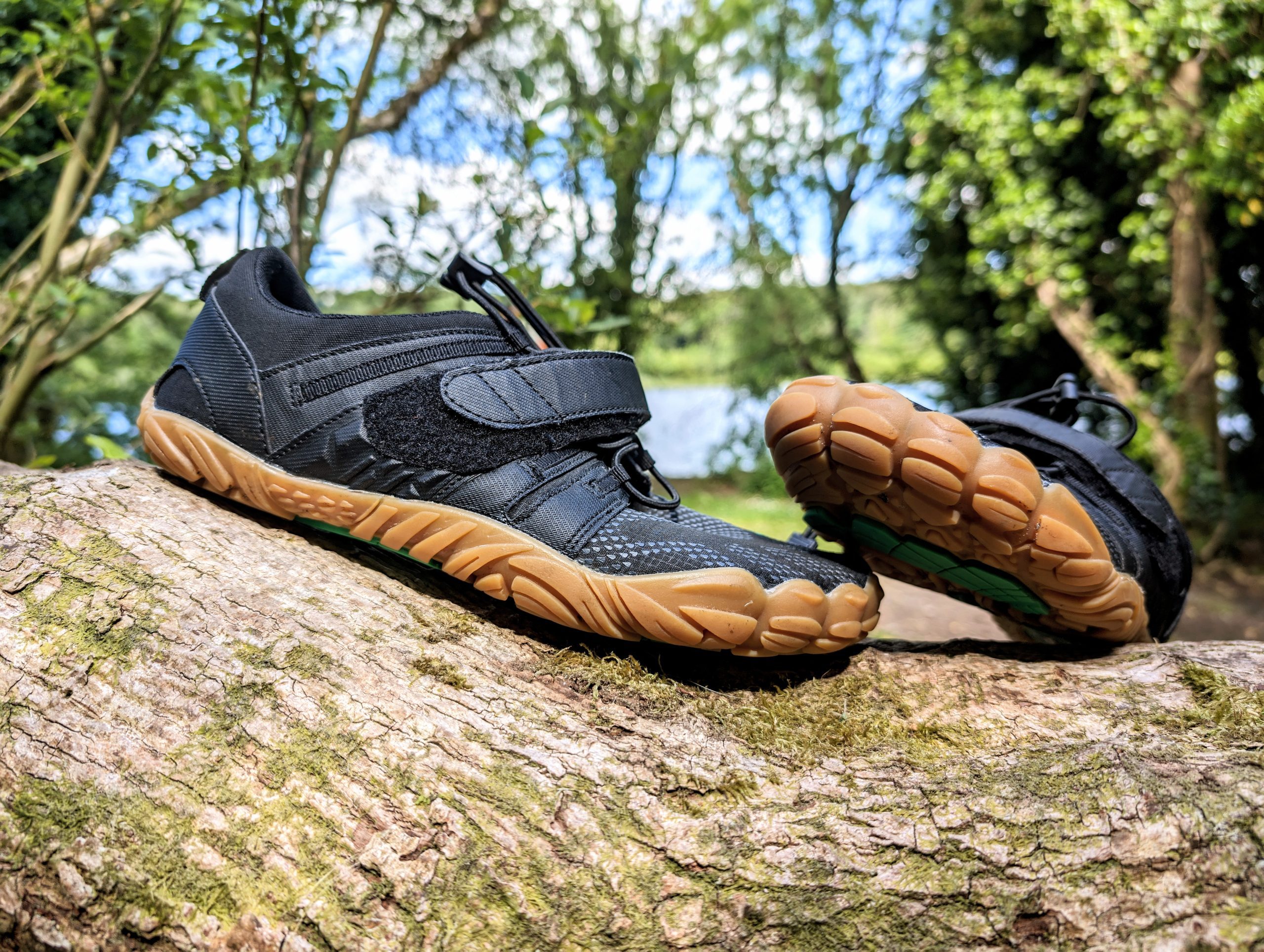
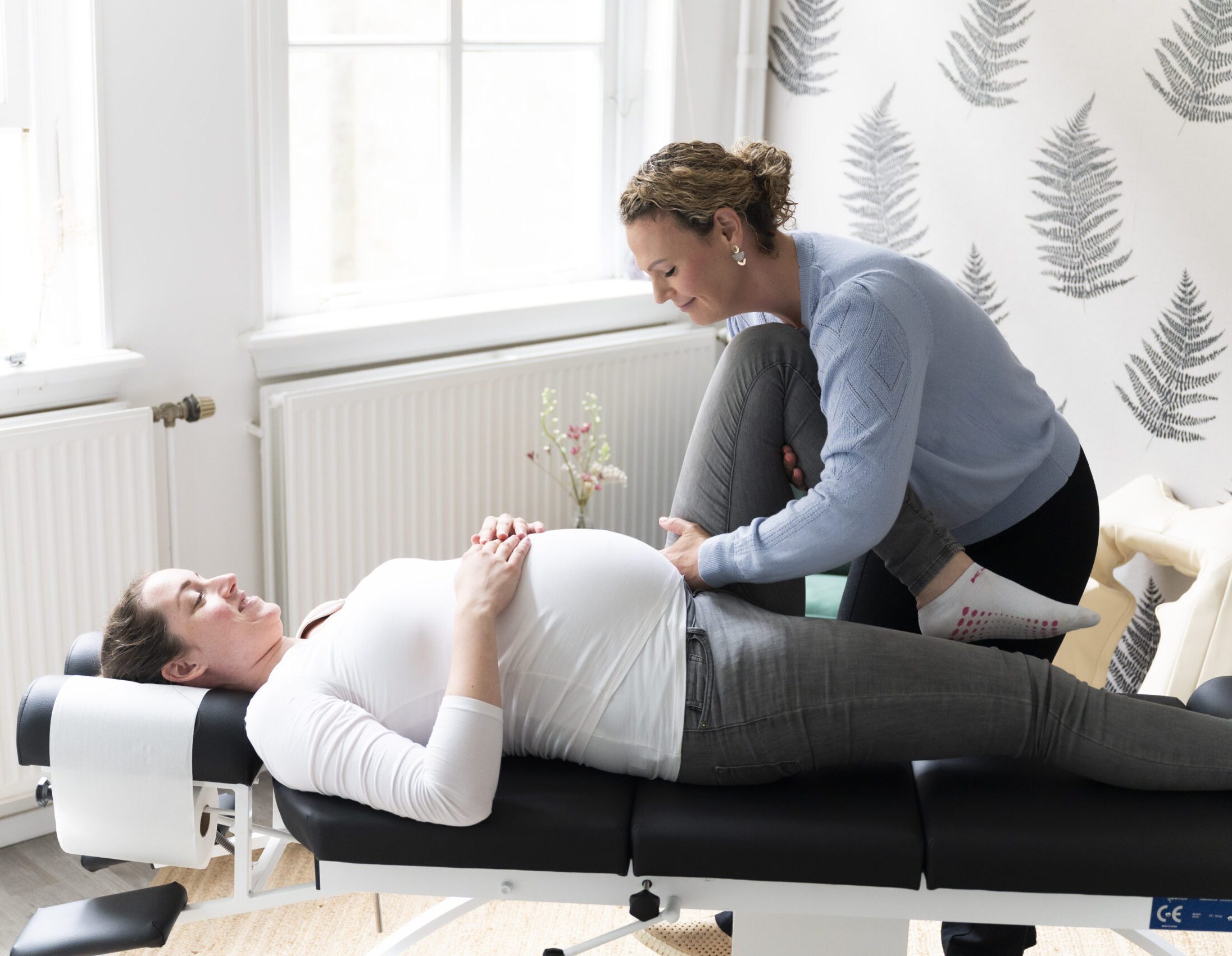
When should you seek help?
Do you keep suffering from upper leg pain for more than a few days? Or does the nagging pain in your leg get worse with certain movements? Then it is wise not to wait any longer. Especially with symptoms that radiate to the lower leg, are accompanied by tingling or loss of strength, it is wise to seek professional care.
At The Family Chiropractor, you are in good hands. We take the time to fully understand your symptoms and work together on a recovery plan. Don't wait too long to seek help: an early approach prevents aggravation and long-term pain!
Make an appointment today and take the first step towards an upper leg pain-free life.
Frequently asked questions about thigh pain
What do you have when your upper leg hurts?
Pain in the upper leg can indicate muscle damage, overuse, a nerve entrapment or problems in the lower back or pelvis. A chiropractic examination can identify the cause.
What does upper leg nerve pain feel like?
Nerve pain often feels burning, tingling or shooting. It can radiate from the lower back through the upper leg to the lower leg or even the foot.
What does inflammation in the thigh feel like?
Inflammation usually feels hot, with nagging or throbbing pain. Movement can worsen this pain in your legs. The muscle often feels tight or swollen.
What does an overstretched thigh feel like?
When overuse occurs, you usually feel a dull or pulling pain. Your thigh may feel tired or stiff, especially when climbing stairs or standing up.
What can cause pain in the upper legs?
Common causes are muscle injuries, nerve problems, overuse, poor posture and imbalance in the pelvis or lower back.
